More than just honey producers, bees are vital to our ecosystem. But their numbers are dwindling. Luckily, there are simple ways to help them! One of the easiest ways is planting bee-friendly flowers, also known as honey plants or melliferous flowers. In this article, we'll explore the best nectar and pollen-rich flowers to attract bees and show you how to create a welcoming haven for these buzzing benefactors in your garden.
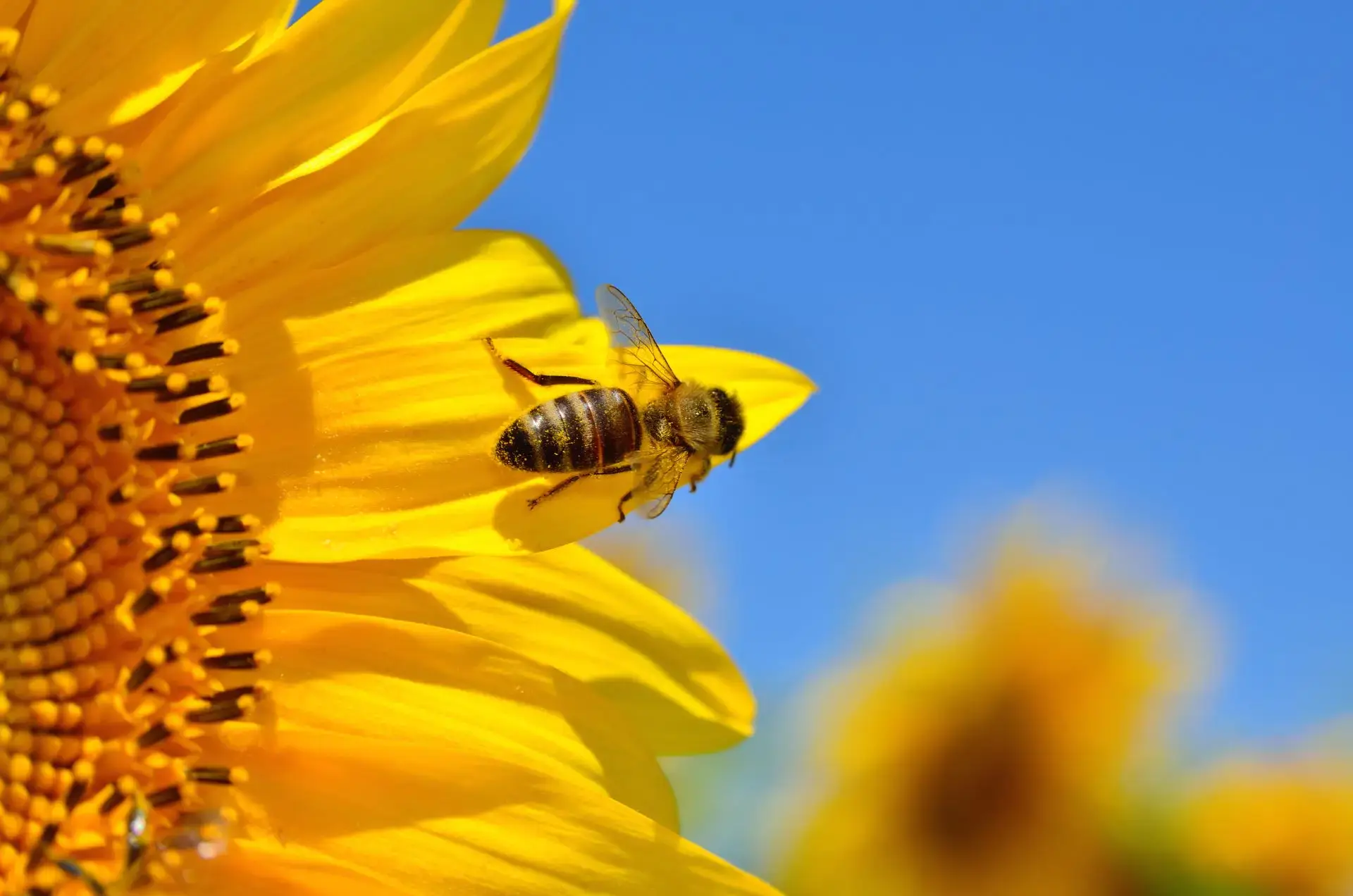
More than just honey producers, bees are vital to our ecosystem. But their numbers are dwindling. Luckily, there are simple ways to help them! One of the easiest ways is planting bee-friendly flowers, also known as honey plants or melliferous flowers. In this article, we’ll explore the best nectar and pollen-rich flowers to attract bees and show you how to create a welcoming haven for these buzzing benefactors in your garden.
The role of honey plants in nature
Honey plants play a key role in maintaining the health and balance of ecosystems. These are plant species that produce nectar and pollen, constituting the main source of food for many pollinator species, including bees. The latter, by visiting flowers in search of nectar, contribute to pollination, which is necessary for plant reproduction. Pollination is crucial not only for maintaining natural biodiversity but also for agriculture, as many crops depend on pollination by bees and other insects.
Additionally, melliferous flowers support eco-schemes that are designed to promote biodiversity and sustainable agricultural practices. For example, by promoting the planting of melliferous plants, you can increase the number of pollinators, which directly affects the increase in crop yields and their quality. Incorporating honey plants into an agricultural or urban landscape not only supports bee populations but also other pollinators, contributing to a healthier and more sustainable environment.
Species of melliferous flowers for bees
Among melliferous plants, there are many species of exceptional value for bees and other pollinators. These plants offer abundant sources of nectar and pollen, which are essential for bee health and reproduction. It is worth knowing which plants particularly attract these beneficial insects and can be a valuable addition to a garden or urban green corner.
Perennial melliferous plants are particularly valuable because they provide food for pollinators for many years without the need for annual planting. Such plants include, among others: lavender, which easily attracts bees with its aromatic flowers, and meadow sage, known for its abundant nectar secretion. Other perennial melliferous plants include bergamot, attractive to both bees and butterflies and goldenrod, irreplaceable in every garden, which blooms in late summer when other food sources are limited.
Annual plants are also a significant food source for bees. Among them, it is worth mentioning phacelia, which easily adapts to various conditions and grows quickly, offering abundant amounts of nectar. White and red clover are also valued for their melliferous properties, and their flowers are eagerly visited by various species of bees.
In addition to those mentioned above, there are also other species of honey plants that can be introduced into the garden with bees in mind. Plants such as sunflowers or hollyhocks not only provide nectar but also are a decorative element of every garden.
When choosing bee-friendly plants for planting, it is worth paying attention to their flowering periods. Ideally, you want something to bloom in your garden throughout the season – from early spring to late fall – providing a continuous source of food for bees.
Honey plants for your garden
Creating a bee-friendly garden requires a careful selection of plants that offer rich food sources for most of the year. Including the right plants in your garden not only supports bee populations but also adds color and life to your green space. In addition to the previously mentioned plants, such as mallow, lavender, clover, meadow sage, or phacelia, you can plant the following:
Tagetes – Known for its pest-repellent properties. Their bright orange or yellow flowers can add vibrancy and color to any honey garden.
Myosotis (Forget-me-not) – This delicate plant, with its typical blue flowers, is a great choice for providing early spring food for bees. It’s easy to grow and can self-sow throughout the garden.
Blueberry – Blueberry bushes not only produce tasty fruit, but their flowers also attract bees. Planting blueberries is an investment that brings benefits both for the garden and for the health of the family.
Thyme – With its intense aroma and small pink or purple flowers, thyme is an excellent choice for a honey garden. It is an undemanding and drought-resistant plant, ideal for sunny places.
Rudbeckia – With its distinctive golden flowers and dark brown centers, rudbeckia is a bee magnet. This perennial plant is easy to grow and is perfect for most gardens.
Honey plants for your balcony
When choosing melliferous flowers to plant on your balcony, it is worth focusing on those that grow well in pots and provide a continuous source of food for bees. Remember to water regularly and provide adequate sunlight.
Basil – This aromatic herb will not only enhance your dishes but will also attract bees with its flowers if allowed to bloom. It is easy to grow on the balcony and available in many varieties.
Osteospermum, also known as the African daisy, offers abundant blooms and is attractive to bees. Available in a variety of colors, it adds color and life to your balcony while also being a food source for pollinators.
Begonia – although not all varieties are attractive to bees, those with single flowers can attract pollinators. Their variety of colors allows you to create a beautiful and functional space.
Thyme – a herbal plant that blooms profusely, attracting bees with its tiny but nectar-rich flowers. It is perfect for growing in pots, and its flowers and leaves can be used in the kitchen.
Petunia – offers long-lasting and abundant flowering throughout the summer. Available in many colors and patterns, petunias are easy to grow and perform well in pots on the balcony, attracting bees.
Honey flowers – friends of bees in the urban jungle
By integrating honey flowers into the urban landscape, we enrich biodiversity and improve the aesthetics of urban spaces, providing various insects, such as bees, the necessary conditions for survival. By making cities more bee-friendly, we help maintain the health of the ecosystems we depend on. Below, you can find more examples of honey flower species that can enrich urban spaces:
Aster – With its long flowering period and variety of colors, aster is an ideal choice for urban gardens. These flowers add color to urban spaces and are also appreciated by bees looking for nectar.
Anemone – These spring flowers offer an early available source of nectar for bees. Their bright, often pastel colors can brighten up any urban corner.
Catnip – Has a long flowering period and is extremely attractive to bees. Catnip is also easy to grow.
Cornflower – Its intensely blue flowers attract bees and butterflies.
Yarrow – Yarrow, with its abundance of small, white flowers, performs well in a variety of soil conditions.
Lantana – Has colorful, color-changing blossoms and acts as a magnet for bees in warmer climates.
Helenium – Helenium blooms in late summer and fall. Its bright flowers add warmth and depth to the garden.
What can you do to help bees?
To support bees and other pollinators, we can take simple steps that will significantly affect their well-being and survival. One such activity is to create an insect hotel that will provide them with shelter. Placing it in a quiet, sheltered place in the garden will not only help pollinators but will also allow you to observe these fascinating creatures up close.
Reducing or completely eliminating the use of pesticides in your garden is the next key step in protecting bees. These chemicals can be harmful not only to bees but also to other pollinating insects. Instead, it is worth using natural methods to control plant pests and diseases.
Or maybe you would like to become a beekeeper? Beekeeping is a fascinating hobby that can turn into a lifelong passion, giving satisfaction from close contact with nature, and the opportunity to taste your own honey. Whether you decide to take this step or continue to take small actions to support the bees, every effort counts!

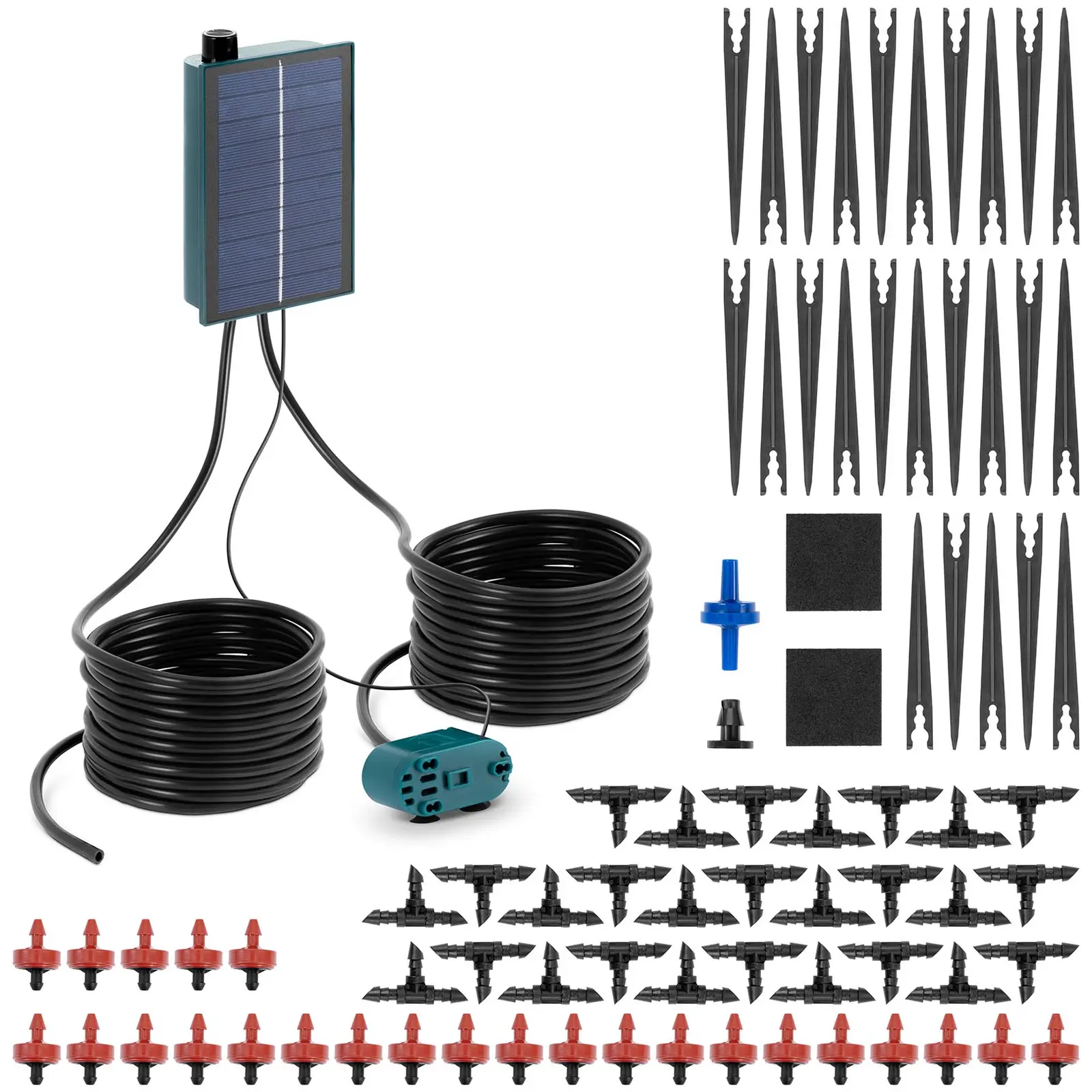
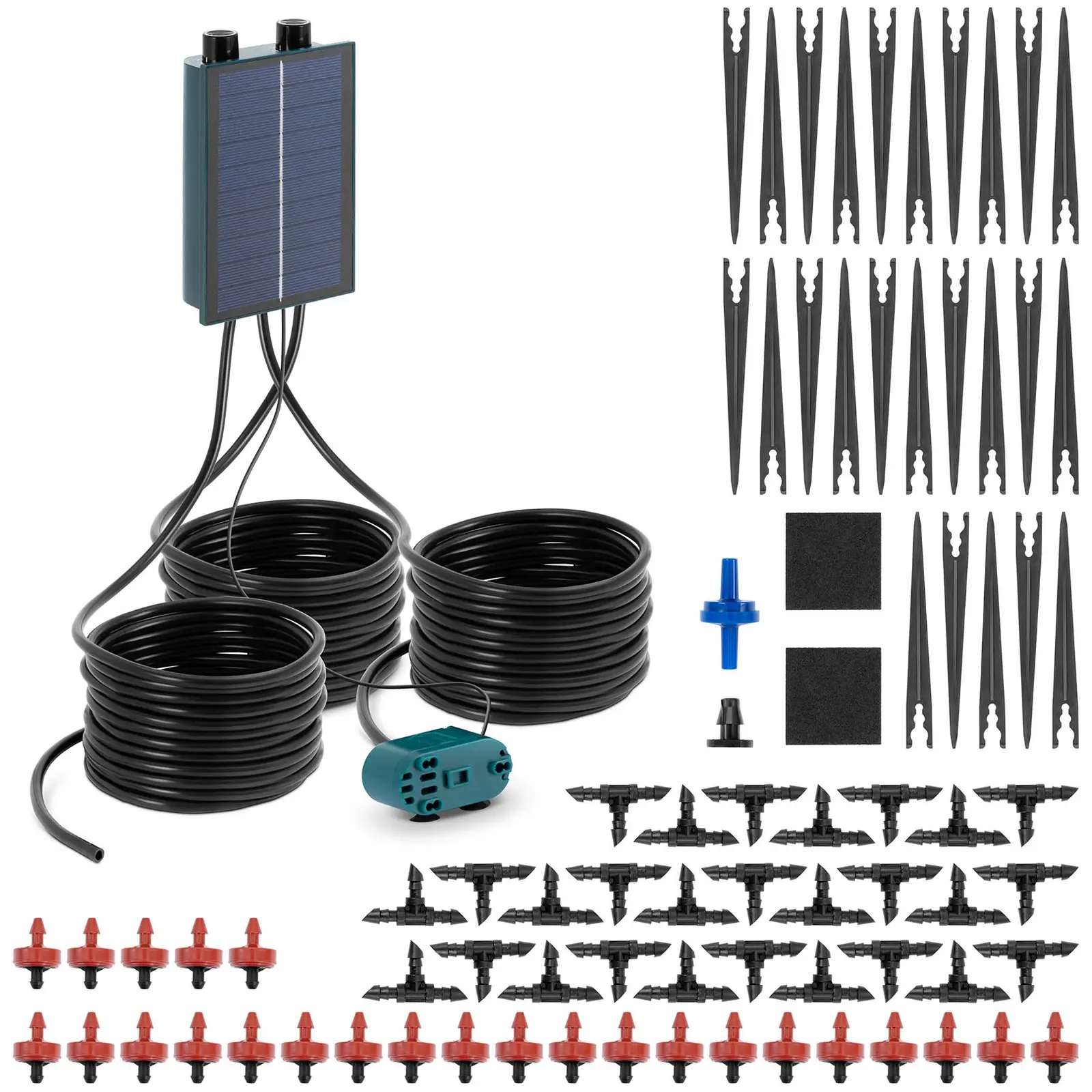

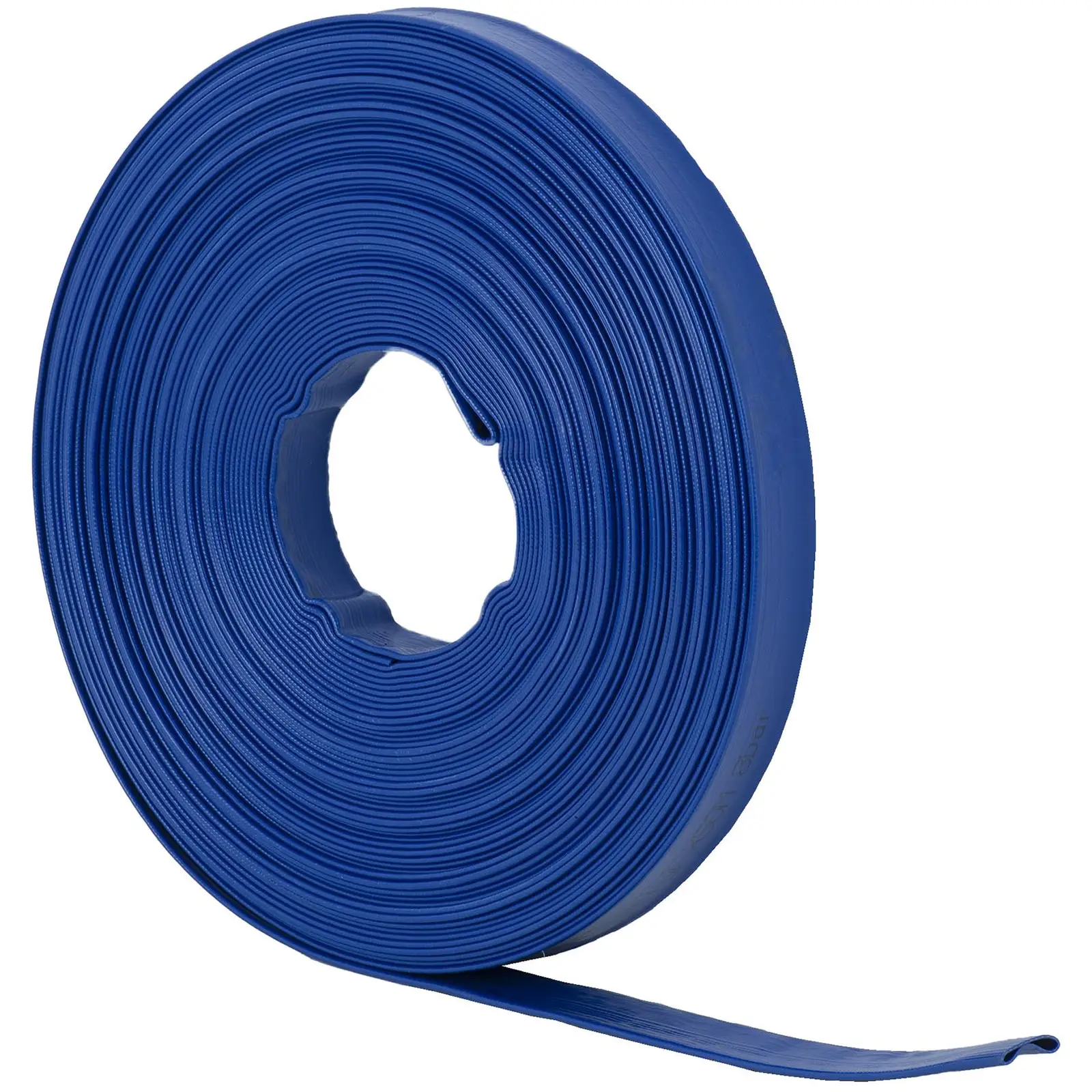
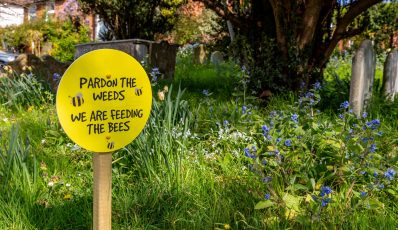
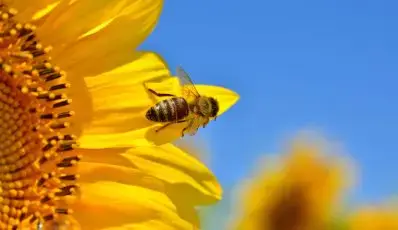
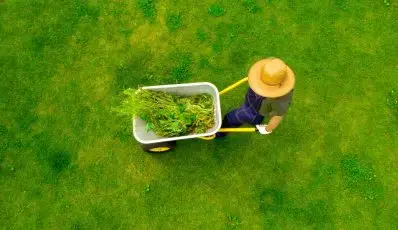


Share